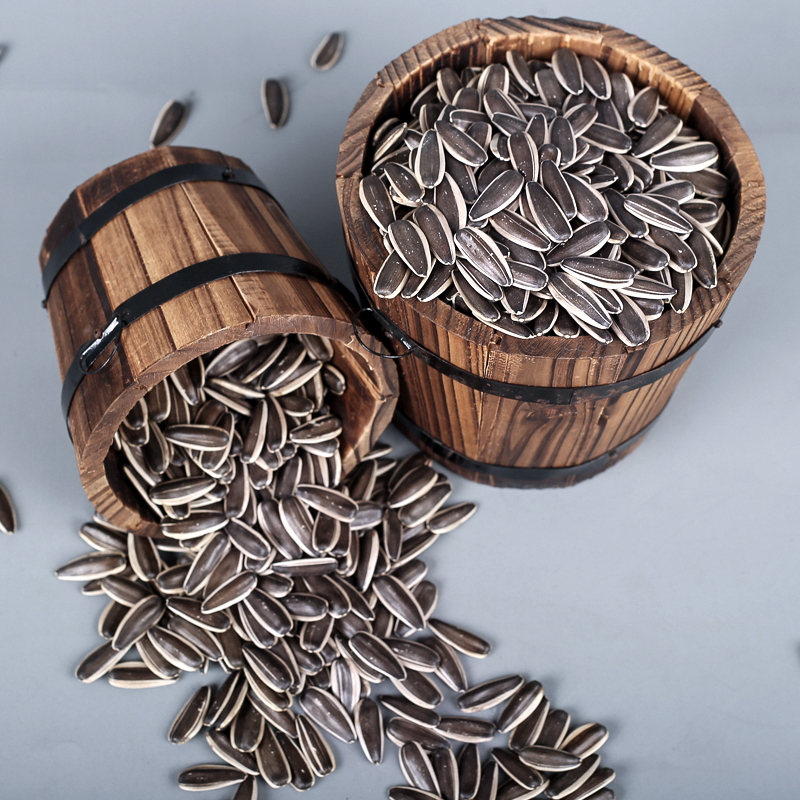-
 Afrikaans
Afrikaans -
 Albanian
Albanian -
 Amharic
Amharic -
 Arabic
Arabic -
 Armenian
Armenian -
 Azerbaijani
Azerbaijani -
 Basque
Basque -
 Belarusian
Belarusian -
 Bengali
Bengali -
 Bosnian
Bosnian -
 Bulgarian
Bulgarian -
 Catalan
Catalan -
 Cebuano
Cebuano -
 Corsican
Corsican -
 Croatian
Croatian -
 Czech
Czech -
 Danish
Danish -
 Dutch
Dutch -
 English
English -
 Esperanto
Esperanto -
 Estonian
Estonian -
 Finnish
Finnish -
 French
French -
 Frisian
Frisian -
 Galician
Galician -
 Georgian
Georgian -
 German
German -
 Greek
Greek -
 Gujarati
Gujarati -
 Haitian Creole
Haitian Creole -
 hausa
hausa -
 hawaiian
hawaiian -
 Hebrew
Hebrew -
 Hindi
Hindi -
 Miao
Miao -
 Hungarian
Hungarian -
 Icelandic
Icelandic -
 igbo
igbo -
 Indonesian
Indonesian -
 irish
irish -
 Italian
Italian -
 Japanese
Japanese -
 Javanese
Javanese -
 Kannada
Kannada -
 kazakh
kazakh -
 Khmer
Khmer -
 Rwandese
Rwandese -
 Korean
Korean -
 Kurdish
Kurdish -
 Kyrgyz
Kyrgyz -
 Lao
Lao -
 Latin
Latin -
 Latvian
Latvian -
 Lithuanian
Lithuanian -
 Luxembourgish
Luxembourgish -
 Macedonian
Macedonian -
 Malgashi
Malgashi -
 Malay
Malay -
 Malayalam
Malayalam -
 Maltese
Maltese -
 Maori
Maori -
 Marathi
Marathi -
 Mongolian
Mongolian -
 Myanmar
Myanmar -
 Nepali
Nepali -
 Norwegian
Norwegian -
 Norwegian
Norwegian -
 Occitan
Occitan -
 Pashto
Pashto -
 Persian
Persian -
 Polish
Polish -
 Portuguese
Portuguese -
 Punjabi
Punjabi -
 Romanian
Romanian -
 Russian
Russian -
 Samoan
Samoan -
 Scottish Gaelic
Scottish Gaelic -
 Serbian
Serbian -
 Sesotho
Sesotho -
 Shona
Shona -
 Sindhi
Sindhi -
 Sinhala
Sinhala -
 Slovak
Slovak -
 Slovenian
Slovenian -
 Somali
Somali -
 Spanish
Spanish -
 Sundanese
Sundanese -
 Swahili
Swahili -
 Swedish
Swedish -
 Tagalog
Tagalog -
 Tajik
Tajik -
 Tamil
Tamil -
 Tatar
Tatar -
 Telugu
Telugu -
 Thai
Thai -
 Turkish
Turkish -
 Turkmen
Turkmen -
 Ukrainian
Ukrainian -
 Urdu
Urdu -
 Uighur
Uighur -
 Uzbek
Uzbek -
 Vietnamese
Vietnamese -
 Welsh
Welsh -
 Bantu
Bantu -
 Yiddish
Yiddish -
 Yoruba
Yoruba -
 Zulu
Zulu
Aug . 13, 2024 11:52 Back to list
Exploring the Benefits and Varieties of Sunflower Seeds for Health and Nutrition
Exploring the Delightful World of Sunflower Seeds Varieties 361 and 363
Sunflower seeds have long been celebrated for their delicious taste and impressive nutritional profile. Among the vast array of sunflower seed products, two particular varieties stand out 361 and 363. These seeds not only offer unique flavors and textures but also hold great promise for those looking to enhance their diets with healthful snacks.
The Nutritional Benefits of Sunflower Seeds
Sunflower seeds are packed with nutrients, making them an excellent addition to any diet. They are rich in vitamin E, magnesium, and selenium, which are essential for maintaining optimal health. Vitamin E acts as an antioxidant, protecting the body from oxidative stress, while magnesium supports heart health and can help in muscle function. Additionally, the high levels of selenium in sunflower seeds contribute to improved immune function and may help in reducing inflammation.
Each serving of sunflower seeds also provides a substantial amount of protein and healthy fats, primarily unsaturated fats, which are beneficial for heart health. This nutritional profile makes sunflower seeds an ideal snack for vegetarians, vegans, and anyone seeking to incorporate more plant-based foods into their diet.
Understanding Varieties 361 and 363
While sunflower seeds come in a variety of shapes and sizes, the 361 and 363 varieties are particularly noteworthy. The 361 variety is often recognized for its larger seeds and higher oil content, making it a favorite for those who enjoy a rich, buttery flavor. These seeds are frequently used for snacking and can also be found in various culinary applications, from salads to baked goods.
sunflower seeds 361 363 products

On the other hand, the 363 variety is known for its crunchier texture and slightly smaller seed size. This variety is highly valued for its versatility; it can be roasted and salted for a delicious, satisfying snack or used as a topping for yogurt, oatmeal, or even desserts. The distinct differences between 361 and 363 make them suitable for a variety of culinary experiments, enhancing the gastronomic landscape for health-conscious individuals.
Culinary Uses and Pairing Suggestions
Sunflower seeds can be enjoyed in countless ways, making them a perfect addition to both sweet and savory dishes. For those who prefer a savory flavor, lightly roasting the seeds with olive oil and sea salt can elevate their taste, turning them into a perfect snack for parties or casual gatherings. They can also be sprinkled over soups, salads, and grain bowls, adding a delightful crunch and a nutritional boost.
For those with a sweet tooth, sunflower seeds can be incorporated into trail mixes with dried fruits, dark chocolate, and other nuts for a satisfying energy boost during hikes or workouts. Additionally, sunflower seeds can blend seamlessly into smoothies or energy bars, providing healthy fats and protein to keep you feeling full and energized.
Conclusion
Incorporating sunflower seeds, particularly varieties 361 and 363, into your diet is a delicious and nutritious choice. With their impressive health benefits and versatile culinary applications, these seeds are a fantastic option for anyone looking to enhance their dietary habits. Whether you’re snacking straight from the bag or adding them to your morning smoothie, sunflower seeds can provide both nourishment and joy. Embrace the delightful world of sunflower seeds, and explore the unique attributes of varieties 361 and 363—they are sure to become a favorite part of your snacking repertoire.
-
Premium Sunflower Seeds – High Quality Sunflower Product from Leading Manufacturers & Exporters
NewsJul.08,2025
-
Premium Selected Sunflower Seeds - Reliable Manufacturer & Exporter
NewsJul.08,2025
-
Premium Sunflower Seeds Supplier & Manufacturer Wholesale Exporter
NewsJul.07,2025
-
Premium Original Sunflower Seed Exporters & Manufacturers Top Factories Supply Bulk Seeds Worldwide
NewsJul.07,2025
-
Original Sunflower Seed Supplier & Exporter Premium Manufacturer & Factories
NewsJul.07,2025
-
Premium Original Sunflower Seed Supplier – Top Manufacturer & Exporters
NewsJul.06,2025
